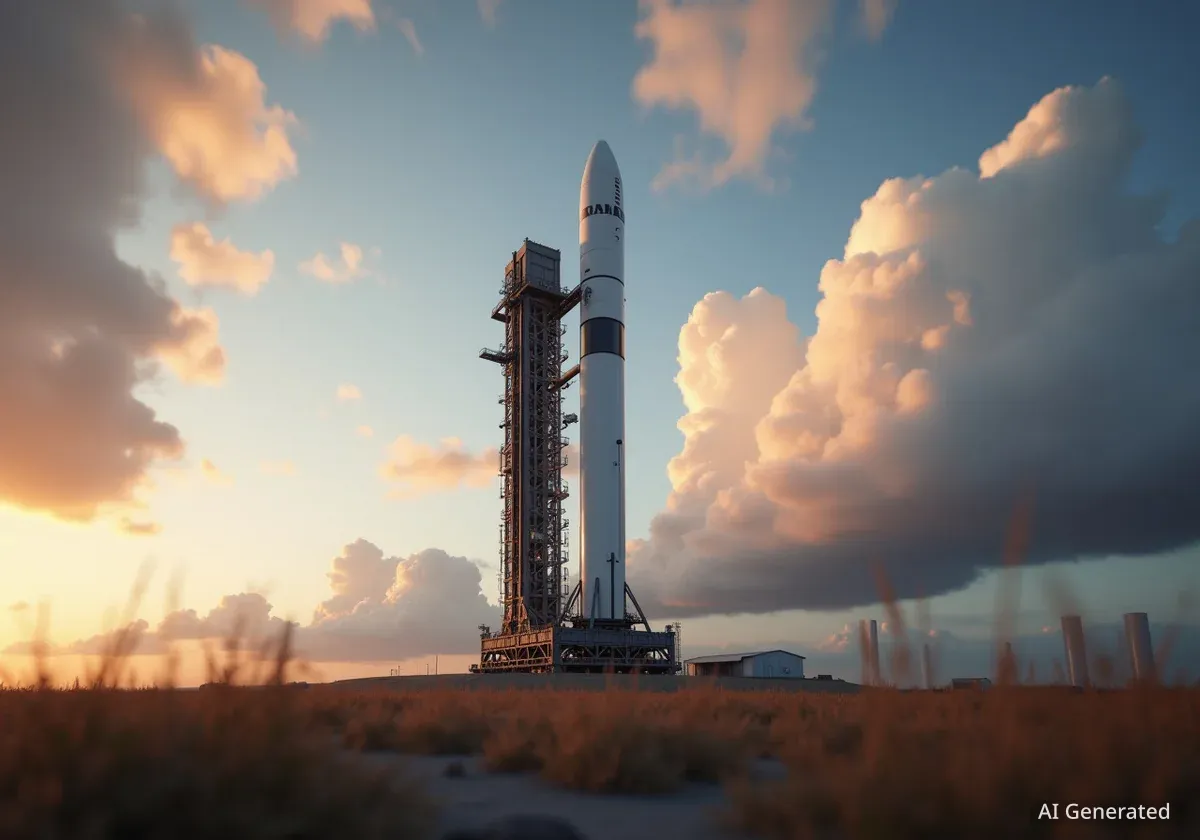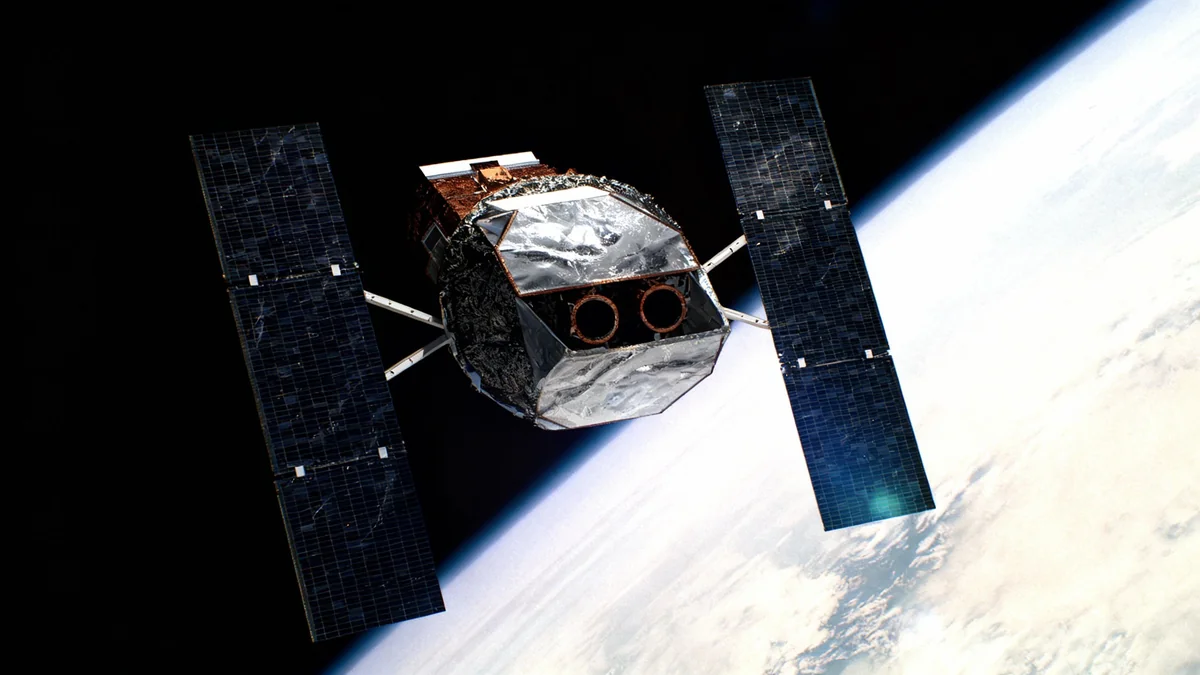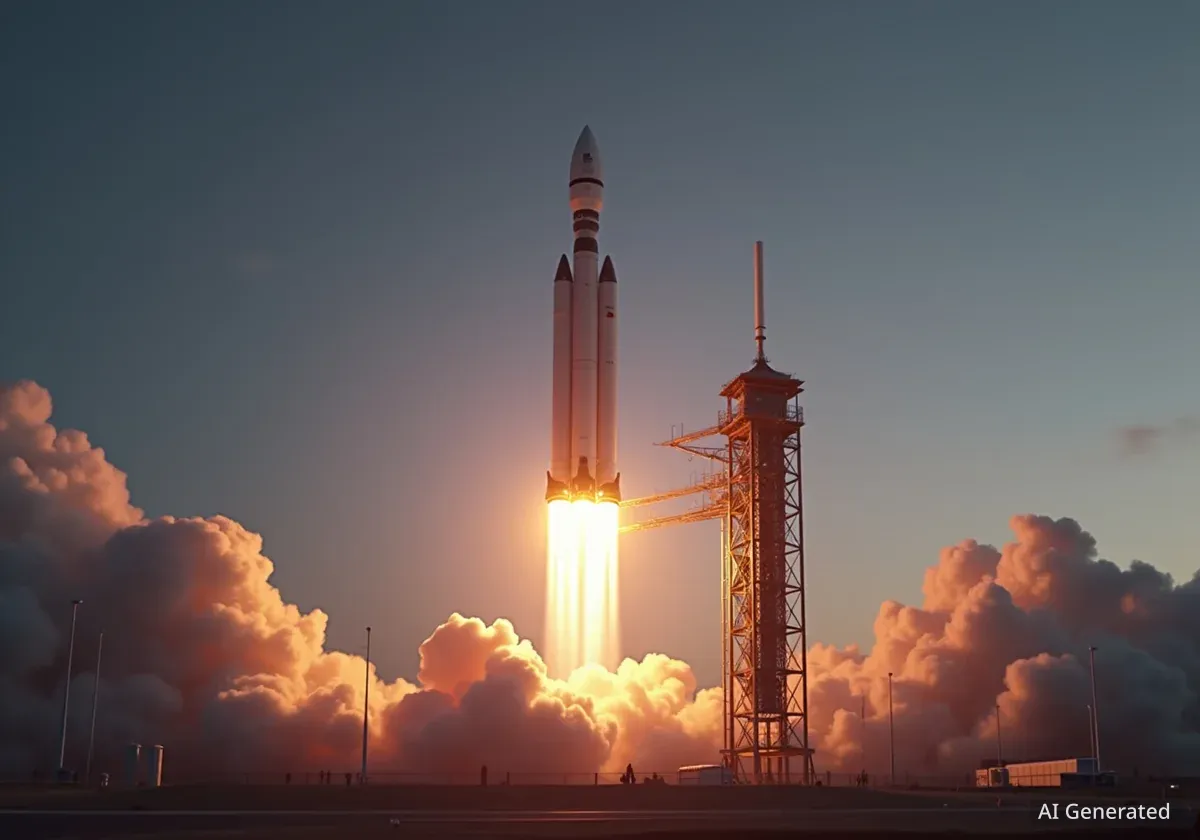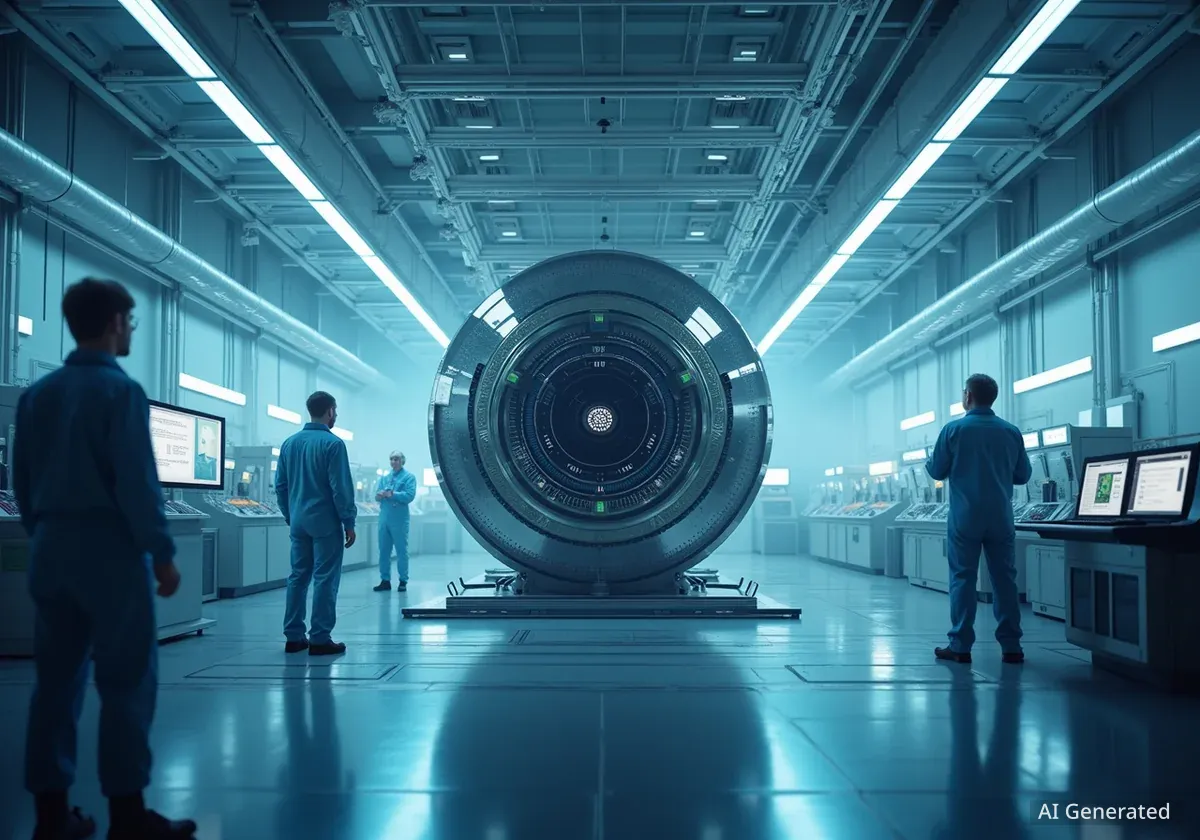The commercial space industry is demonstrating significant resilience and maturity, with key operations like SpaceX's upcoming Starship launch proceeding despite a U.S. government shutdown that has closed NASA. According to former NASA executive Ezinne Uzo-Okoro, this continued activity signals the sector's evolution into a reliable and independent asset class, capable of weathering disruptions to its government partners.
Key Takeaways
- Former NASA executive Ezinne Uzo-Okoro states the space economy is becoming a reliable asset class, independent of government disruptions.
- SpaceX is preparing for the 11th flight of its Starship rocket, highlighting the commercial sector's operational continuity during a government shutdown.
- The current situation underscores the success of NASA's public-private partnership model, which has fostered a robust commercial space ecosystem.
- Investor confidence in the space sector is growing as companies demonstrate consistent progress and operational independence from government timelines.
Commercial Sector Maintains Launch Cadence
As federal agencies grapple with a government shutdown, the private space sector continues its operations unabated. A primary example is SpaceX, which is moving forward with preparations for the eleventh test flight of its Starship megarocket. This launch is a critical step in the vehicle's development, which is designed for missions to the Moon, Mars, and beyond.
The ability of a private company to maintain such a high-stakes launch schedule during a federal shutdown is a significant indicator of the industry's progress. It shows that commercial entities are not solely dependent on the day-to-day operations of government agencies like NASA for their core functions to continue.
A Shift in the Space Paradigm
This operational independence is a direct result of a strategic shift in U.S. space policy over the past two decades. NASA has increasingly moved from being an operator to a customer, fostering a competitive marketplace for launch services and other in-space capabilities. Programs like the Commercial Crew Program and Commercial Resupply Services have been instrumental in building this new ecosystem.
Background: Public-Private Partnerships
NASA's strategy to partner with private industry began in the 2000s to create a commercial market for low-Earth orbit (LEO) activities. By providing funding and technical expertise, NASA helped companies like SpaceX and Northrop Grumman develop capabilities to deliver cargo, and later astronauts, to the International Space Station (ISS). This model reduces costs for the taxpayer and allows NASA to focus its resources on deep-space exploration, such as the Artemis program.
Expert Analysis on Industry Maturity
Ezinne Uzo-Okoro, a former NASA executive and currently a senior fellow at the Harvard Belfer Center, provided her perspective on these developments. Speaking on "Bloomberg Tech," she emphasized that the industry's ability to function during a shutdown is a key milestone.
"It is a sign the industry is becoming a reliable asset class even with NASA closed as part of the government shutdown," Uzo-Okoro stated. This comment highlights a crucial shift in perception, moving the space sector from a high-risk, government-led venture to a more predictable and investable market.
For investors, this reliability is paramount. Predictable launch schedules, consistent technological progress, and the ability to operate independently of political disruptions are all factors that build confidence and attract sustained capital investment. The current situation serves as a real-world stress test, which the commercial sector appears to be passing.
The Growing Space Economy
According to recent market analyses, the global space economy is valued at over $546 billion and is projected to grow to over $1 trillion by 2030. This growth is largely driven by the commercial sector, particularly in areas like satellite communications, Earth observation, and launch services.
Impact of a NASA Shutdown
While commercial operations continue, a government shutdown is not without consequences for the broader space enterprise. A shutdown means that most of NASA's civil servant workforce is furloughed. This halts work on many of the agency's key science and exploration missions that are in development.
Essential functions, such as operating the International Space Station and supporting active robotic missions across the solar system, are maintained by a skeleton crew. However, all long-term planning, research, and development at the agency are put on hold. This can lead to delays and increased costs for major programs like the Artemis missions to the Moon.
How Commercial Partners are Affected
Companies with NASA contracts may also face challenges. While they can continue work that has already been funded and authorized, a prolonged shutdown can disrupt several key areas:
- Payment Processing: Delays in invoice payments can create cash flow problems for smaller contractors.
- Technical Oversight: Access to NASA technical experts and facilities for collaboration and review may be limited.
- New Contracts: The awarding of new contracts and the processing of modifications to existing ones are frozen.
Despite these headwinds, the core operational capacity of major commercial players like SpaceX to prepare and launch their own vehicles remains intact, a testament to their vertical integration and established infrastructure.
Investor Confidence and Future Outlook
The resilience displayed by the commercial space sector is a powerful message to the financial markets. It demonstrates that investments in space are not solely tied to the political and budgetary cycles of Washington, D.C. This separation is crucial for long-term growth and stability.
As companies continue to hit milestones—such as SpaceX's regular Starship test flights, the expansion of satellite constellations, and the development of commercial space stations—the sector solidifies its position as a legitimate and vital part of the global economy.
The current government shutdown, while disruptive to NASA, is inadvertently serving as a showcase for the success of its own commercialization strategy. The private space industry has not only learned to fly on its own but can now navigate turbulence without its primary government partner at the helm. This marks a new era of maturity for the space economy, one defined by commercial leadership and sustained momentum.





